New varieties of UV screen printing inks
In the early days of developing UV inks, the choice of raw materials was greatly restricted, which hindered the development and application of UV inks. But in the past 10 years, a lot of experimental research has greatly expanded the performance of UV inks. Raw material suppliers have also noticed the potential benefits of the UV ink market. Now, UV ink manufacturers have thousands of raw materials to choose from. The joint efforts of raw material suppliers and ink manufacturers have led to the technological innovation of many traditional inks, especially screen printing inks, resulting in the emergence of a large number of new screen printing inks, such as: thermoforming UV inks; strong adhesion multi-purpose UV Ink can be used for the printing of containers, POP (point of sale) images, labels, etc .; thick ink UV inks, including flash pigment UV inks, thixotropic special effect inks, liquid substrate-forming inks, etc. (Magnetic-receptive) UV inks; fire-resistant UV inks; highly covering UV inks; water-resistant UV inks; special-effect metal-like UV inks; long-acting luminescent UV inks, etc. The following is an introduction to some new inks.
Thermoforming UV ink
Research on thermoforming UV inks is in full swing. This ink has good adhesion and flexibility, can withstand stretching in thermoforming, and can stretch 8 inches or more in vacuum molding. Thermoformed UV ink formulations have been improved to withstand thermal bending, stretching, and other post-processing on a variety of substrates, such as styrene, polycarbonate, acrylic resin, PETG (diol modified PET), PVC, and some metal.
Thick ink UV ink
In-depth research and understanding of the reaction mechanism of photoinitiators has enabled ink formulators to formulate more special UV inks, including ink products with high pigment content and thick ink layers. Now, printers can choose 60-line-inch thick screens and screens with a thickness of 300 μm or higher for printing. Alternative thick ink UV ink products also have thixotropic coatings and inks that can produce embossed printing effects. This ink is expected to have a substantial increase in application.
Molded substrate liquid UV ink
Highly ductile resins and monomers used in the formulation of thermoformed UV inks can also be used to configure a new type of thick ink layer UV inks-forming substrate liquid inks, which includes a type of liquid printing material that can be called formula. In other words, this ink is both an imaging material and a printing material after curing. Depending on the ink formulation used, pressure-sensitive or electrostatically attracted images can be produced after printing. This printing method, which saves printing materials, saves materials and material and die-cutting costs, while also reducing turnaround time.
Magnetic UV ink
Another product that extends from thick ink UV ink technology is magnetic UV ink. This ink can be printed on a variety of printing materials to make it magnetic, but this ink does not turn the image into a real magnet, but can fix the printed image through the magnetic surface after the ink is cured. This ink is suitable for printing images that often need to be replaced, such as images in newsstands, shelves, combined mold displays, etc.
Special effect UV ink
Thick ink layer UV ink technology has led to the development of several new types of inks with special effects. Flash UV ink with large particle luminescent particles can produce a shining effect on the printed pattern. This ink requires screen printing with coarse mesh to allow the flash particles to pass through. Another newly developed ink is long-acting luminous ink, which can emit light for more than 14 hours. Other UV ink formulations use a series of pearl-like, spark-like or metallic particles, which are used according to the rough classification of the substrate. Inks with high pigment content allow printers to consider printing on dark substrates to ensure better color hiding.
Fire-resistant UV ink
Another research hot spot for UV screen printing ink technology is fire-resistant UV ink. This ink is proposed for some consumers who are concerned about the safety of printed matter. The ink and substrate manufacturers work together to research solutions. Although the UV ink has a relatively high flash point, once the burning limit temperature is exceeded, the UV ink will also decompose and burn. There are two ways to slow down the burning of UV ink. One is to use inhibitors in the ink to prevent burning and reduce or even eliminate flames. Another method is to imitate the foaming fire retardant paint to design the UV ink formula. Under the action of flame or high temperature, the foam-type fire-retardant coating is vigorously foamed and carbonized to isolate oxygen and prevent combustion and flame suppression. It should be remembered that fire-resistant UV inks alone cannot completely prevent fire, and the expansion properties of the substrate and the ability to suppress flames are equally important.
New application of UV screen printing ink
Recent technological innovations have enabled ink manufacturers to produce UV inks with good adhesion, durability, flexibility and water resistance. The latest developments in UV ink technology have had an important impact on the following markets and applications.
Application on POP poster
In the past, only multi-purpose POP inks showed good adhesion on a variety of substrates, including paper, cardboard, styrene, stretched polyvinyl chloride, and even some difficult-to-attach polyolefins. But a few years ago, the appearance of single-component UV ink completely changed this situation. This ink can adhere well to polyolefin materials (PE, PP) and has good performance characteristics, such as label printing. Excellent ink film flexibility and water resistance shown in other fields. This new ink eliminates the use of additives and reduces the waste of similar two-component inks, which can also reduce ink inventory and improve economic efficiency.
Application on container
The biggest advancement in UV screen printing ink technology should be in container printing. In the past, various additives and ink systems were needed to adapt to different types of plastic containers, but now HDPE, LDPE, PET, PVC, PP, and other plastic containers can be decorated with single-component, additive-free inks. These inks can provide better hiding power, stronger chemical solvent resistance, and also eliminate the use of additives and catalysts.
Application on hygroscopic plastic
The development of multifunctional monomers is one of the latest developments in UV ink technology. Ink manufacturers are using it to solve the problems of printing hygroscopic plastics, such as polyethylene labels and HDPE materials. These substrates are easy to absorb moisture, and water vapor forms a fine barrier layer between the ink and the substrate surface, which affects the adhesion of the ink. Therefore, the ink layer on these materials is easy to wear and peel off. The ink formulated with this new multifunctional monomer greatly improves the water resistance of the hygroscopic material, the curing speed is faster, the gloss of the ink layer is higher and firmer, and the ink layer is almost completely water resistant.
Development of UV screen printing ink
With the continuous development of raw materials, it seems impossible to see the future development of UV curing products. In the early years, UV inks added various additives in order to improve performance, and printers had to play the role of chemists in order to achieve good ink performance. But today, ink manufacturers can develop products according to customer needs and use more advanced technologies in ink production. Raw material suppliers will also develop raw materials according to the needs of ink designers, unlike initially there are only a very limited number of raw materials available to designers.
Increasing competition forces ink manufacturers to adopt some innovative technologies to improve ink performance, while developing new areas suitable for UV screen printing. Overall, thanks to the development of new UV inks, the UV screen printing market has grown substantially. As raw material suppliers and ink manufacturers work together to develop new products and formulate new performance standards, this trend in the UV screen printing market will undoubtedly continue.
| Measurements (m) | can be customized |
| Certificate |
ISO14001, ISO18000, ISO9001 Certificate,
and GS certificate from TUV Company of Germany.
|
| Color | Various, according to your requirements |
| Materials |
A. Plastic parts: Imported LLDPE E. Outer cover: Soft Covering PVC
(Different material is available according to your needs)
|
| Advantage |
a.Anti-UV
b.Anti-static
c.Security
d.Environmental protection e.Uneasy to lose shape |
| Function |
1.Can protect children safe when they playing indoor, and let they enjoy the play freely 2.Suitable for improving Children energy and imagination 3.Helping them grow up happily, cleverly, and healthily |
| Installation | Professional CAD instruction, assembly procedure and project case . |
| Age Range | Children |
| Apply to | Amusement park, gymnasium, Kindergarten, Preschool, etc. |
| Packing | Standard export packing |
| Remark |
We can design and produce as your requirements |
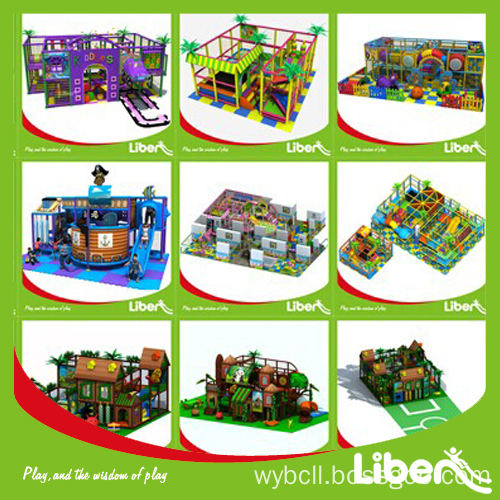

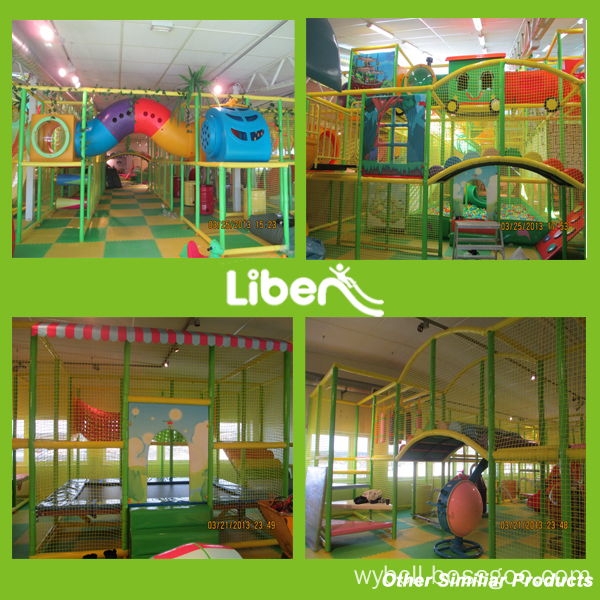
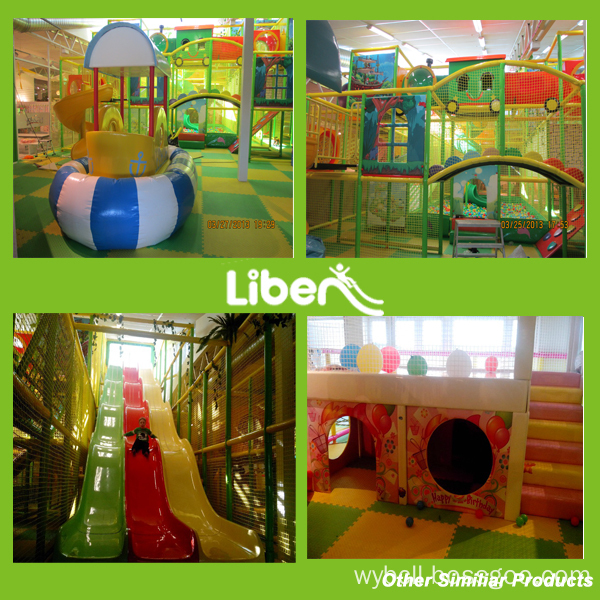
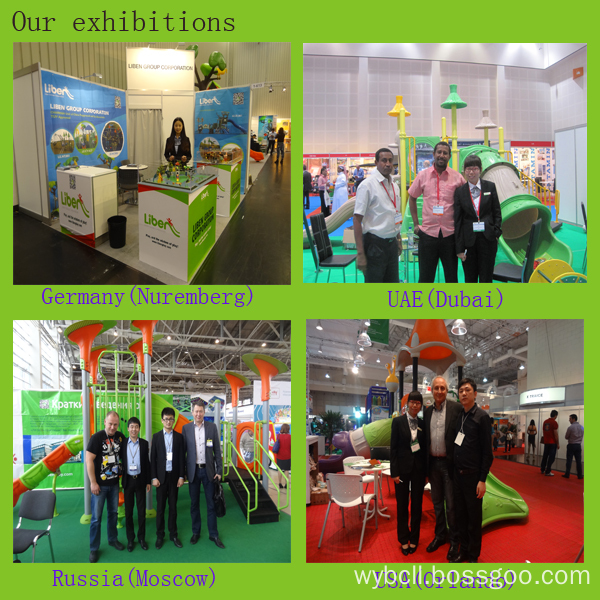
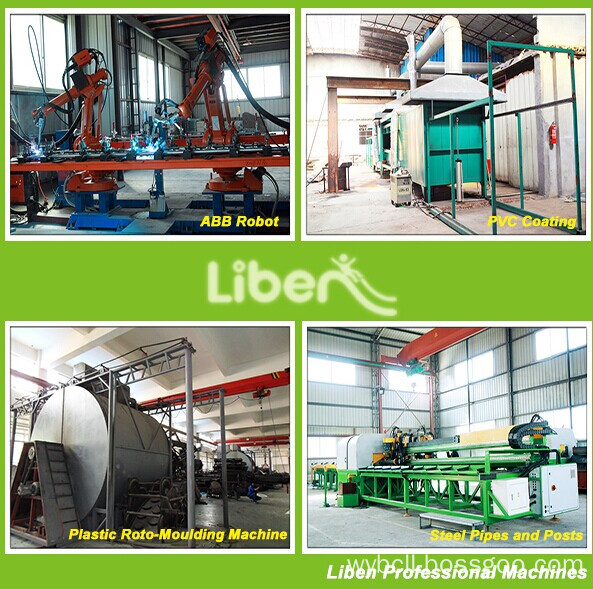
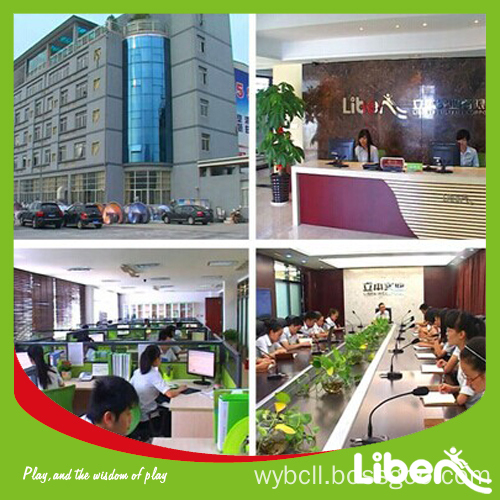
Indoor Playset, Indoor Playset for Kids, Plastic Slides, Plastic Playhouse, Soft Play
Liben Group Corporation , https://www.indoortrampoline.de